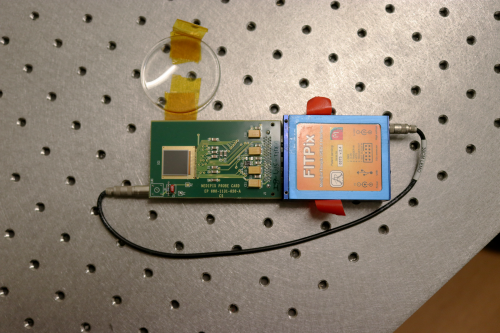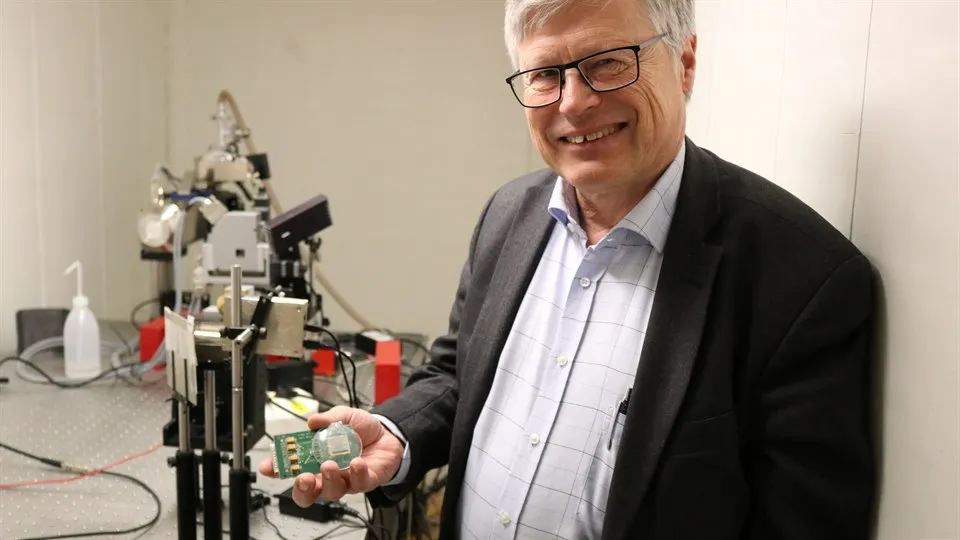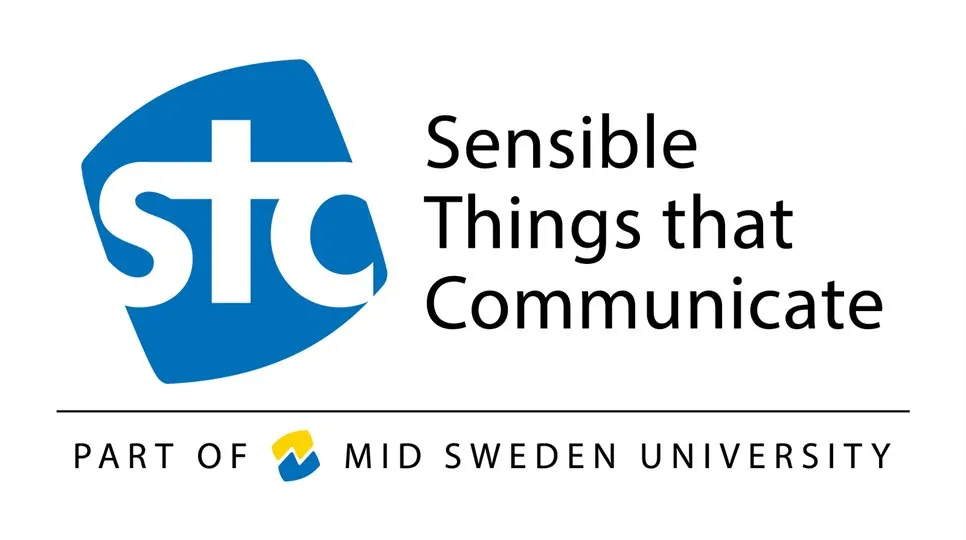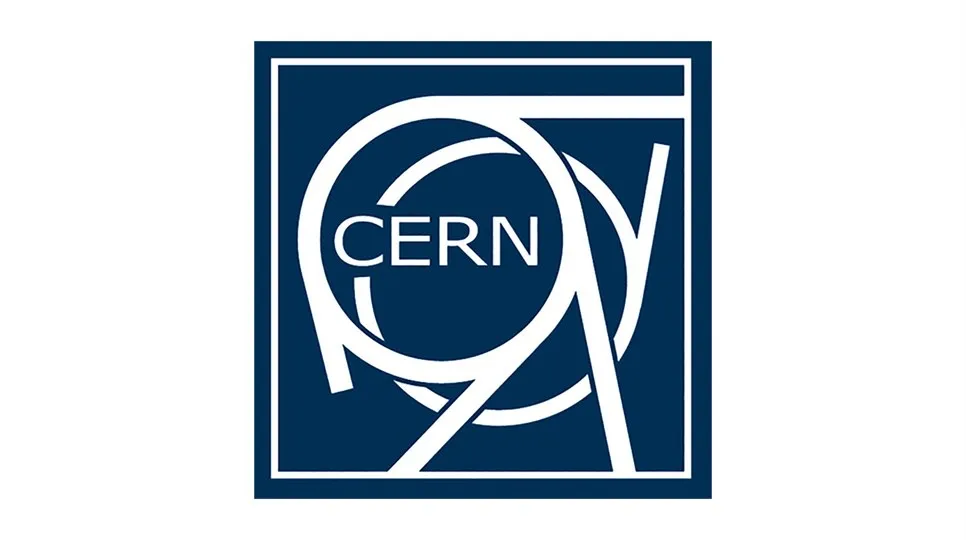STC researcher contributes to the Nobel Prize
The Nobel Prize in Chemistry 2017 went to Jacques Dubochet, Joachim Frank and Richard Henderson for the development of cryoelectron microscopy. But not everybody know that researchers from Mid Sweden University has contributed to the discoveries that led to the Nobel Prize.
- It is both pleasing and exciting. An important part of the awarded work was initiated in 1999 at an international conference organized in Sundsvall. A collaboration was initiated that has led to the development of the detector used in research that won the Nobel Prize. We use this type of detector in our own research today, says Christer Fröjdh, professor at STC Research Center at Mid Sweden University.
The researchers in the Nobel Prize have managed to freeze molecules and take high resolution images of these. Since the molecules have been frozen first, they have been able to take a snapshot of the molecule in its active form. This year's Nobel Prize draws attention to the importance of research conducted in the Medipix cooperation at CERN in Geneva where STC is one of the partners. The research there has enabled detectors with sufficient space and energy resolution for Henderson to get the best results from their cryo-static electron microscope.

- In order to photograph molecules with such high quality where each individual electron can count it requires a really good detector. A detector works as kind of a camera chip in the mobile phone but a detector can image x-rays, electrons and neutrons. The detector sends the information to a computer that displays the image and it is possible to read things that are not really visible to the eye, says Christer Fröjdh.
Already in 1996, the research began on X-ray sensors at STC. Mid Sweden University became a key partner in the Medipix cooperation at CERN in Geneva. Research related to Medipix has resulted in 7 doctoral dissertations at Mid Sweden University.
The development of this detector began as a collaboration between 20 different universities and research institutes where Mid Sweden University was one of these. It all started at the conference IWORID that was arranged in in Sundsvall 1999, the conference has since been touring around the world and returning to Sundsvall next year when it celebrates its 20th anniversary.
- The detectors we have here at Mid Sweden University today are used to measure heavy metals in ash at the district heating plant, Korstaverket in Sundsvall. It will also be used to measure levels of arsenic, cadmium, lead and mercury in fiber banks outside Sundsvall, says Christer Fröjdh.
Read more



